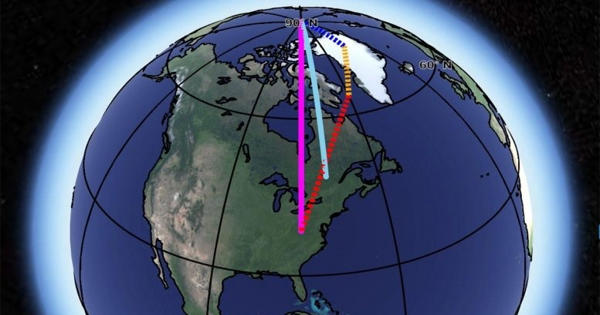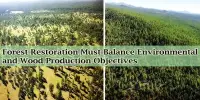Landscape ecology is the study and improvement of links between ecological processes in the environment and specific ecosystems. It is a subfield of ecology that studies and comprehends the spatial patterns and ecological processes that occur across landscapes. This is done at various landscape scales, geographical patterns of development, and organizational levels of study and policy.
In this sense, a landscape is defined as a patchwork of varied ecosystems, landforms, and habitats. Landscape ecology studies the shape, function, and dynamics of these landscapes, as well as how they affect ecological interactions, species distribution, and ecosystem processes. In a nutshell, landscape ecology is the science of “landscape diversity” as a result of the synergy of biodiversity and geodiversity.
Landscape ecology, as a highly interdisciplinary field in systems science, integrates biophysical and analytical methodologies with humanistic and holistic viewpoints from the natural and social sciences. Landscapes are geographical areas with diverse interacting patches or ecosystems, ranging from relatively natural terrestrial and aquatic systems such as woods, grasslands, and lakes to human-dominated habitats such as agricultural and urban settings.
Ecological flows in landscape mosaics, land use and land cover change, scaling, linking landscape pattern analysis to ecological processes, and landscape conservation and sustainability are all important research subjects in landscape ecology. Landscape ecology also investigates the role of human impacts on landscape diversity in the emergence and spread of new human illnesses capable of causing epidemics.
Here are some key concepts and components of landscape ecology:
- Spatial Patterns: Landscape ecologists study the spatial arrangement and distribution of various land cover types (forests, wetlands, and urban areas, for example) throughout a landscape. They map and quantify these patterns using diverse techniques such as remote sensing, GIS (Geographic Information Systems), and field surveys.
- Patch Dynamics: A key term in landscape ecology is the “patch.” Within a landscape, a patch is a separate area or habitat. Researchers investigate the distribution of patches, as well as their size, shape, and connectedness. They also look into how changes in one patch affect neighboring patches and the entire environment.
- Connectivity: It is critical to understand how different areas of a landscape are related. Connectivity influences organism movement, nutrient flow, and the spread of disruptions (e.g., fire, disease). Landscape connectivity can be natural (e.g., rivers, corridors) or human-made (e.g., roads, fences).
- Scale: Landscape ecologists work at multiple scales, from the individual patch to the entire landscape. The choice of scale can significantly impact the interpretation of ecological processes. For example, a small-scale study may focus on animal movements within a single forest patch, while a larger-scale study might examine landscape-wide patterns of species distribution.
- Ecological Processes: Landscape ecology studies how landscape elements influence ecological processes such as migration, reproduction, and dispersal. It also investigates the effects of landscape patterns on biodiversity, ecosystem services, and ecological resilience.
Overall, landscape ecology provides a comprehensive framework for comprehending the intricate connections between ecological processes and the physical environment, allowing us to make more informed decisions about land use, conservation, and environmental management. It is a multidisciplinary field that addresses real-world environmental concerns by drawing on principles from ecology, geography, geology, and other sciences.
















